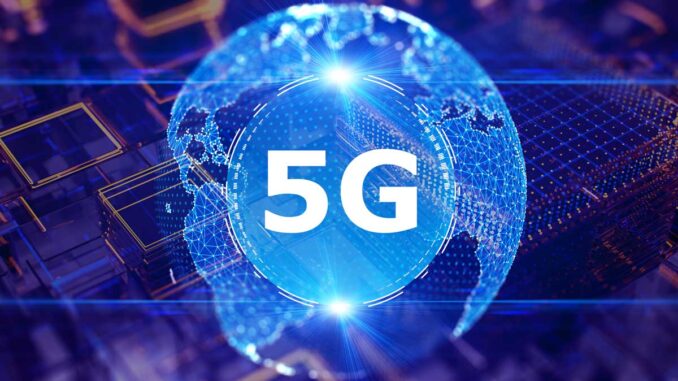
The evolution from 4G to 5G represents a transformative leap in mobile networking technology, delivering significant advancements in speed, latency, capacity, and connectivity. Here’s an overview of the key differences and features that distinguish 5G from its predecessor, 4G:
4G: Typically provides download speeds of up to 100 Mbps in mobile scenarios and up to 1 Gbps in stationary settings under optimal conditions.








5G: Theoretically, 5G can achieve speeds up to 10 Gbps. In real-world conditions, users often experience several hundred Mbps to several Gbps.
4G: Average latency is around 30-50 milliseconds.
5G: Aims for latency as low as 1 millisecond, making it suitable for applications requiring real-time responses, such as autonomous driving and remote surgery.
4G: Can support a limited number of connected devices per square kilometer (about 2,000).
5G: Designed to support up to 1 million devices per square kilometer, making it ideal for IoT (Internet of Things) applications where numerous devices need to be connected simultaneously.
4G: Primarily relies on a macrocell architecture with large coverage areas.
5G: Implements a more advanced architecture that includes small cells, which enhance capacity and coverage in dense urban areas. It also incorporates network slicing, allowing operators to create virtual networks tailored to specific use cases.
4G: Primarily operates in the sub-6 GHz bands.
5G: Utilizes a wider range of frequencies, including sub-6 GHz and millimeter-wave (24 GHz and above) bands, offering more bandwidth and the potential for increased speeds but requiring more infrastructure due to the shorter range of higher frequencies.
4G: Primarily supports mobile internet and voice services, enabling activities like streaming, gaming, and video conferencing.
5G: Expands the possibilities significantly, supporting:
Enhanced Mobile Broadband (eMBB): High-speed internet access.
Massive Machine-Type Communications (mMTC): Connection of a vast number of IoT devices.
Ultra-Reliable Low-Latency Communications (URLLC): Use cases like autonomous vehicles, remote medical procedures, smart cities, and industrial automation.
4G: Generally consumes more power per device connected.
5G: Designed to be more energy-efficient, allowing for longer battery life in connected devices, which is crucial for IoT applications.
The evolution from 4G to 5G marks a significant shift not only in speed and connectivity but also in the potential for innovation across various industries. The increased capabilities of 5G are expected to drive advancements in sectors such as healthcare, transportation, entertainment, and smart cities, enabling a more interconnected and automated world. As 5G technology continues to roll out globally, it will play a critical role in shaping the future of communication and connectivity.


Leave a Reply